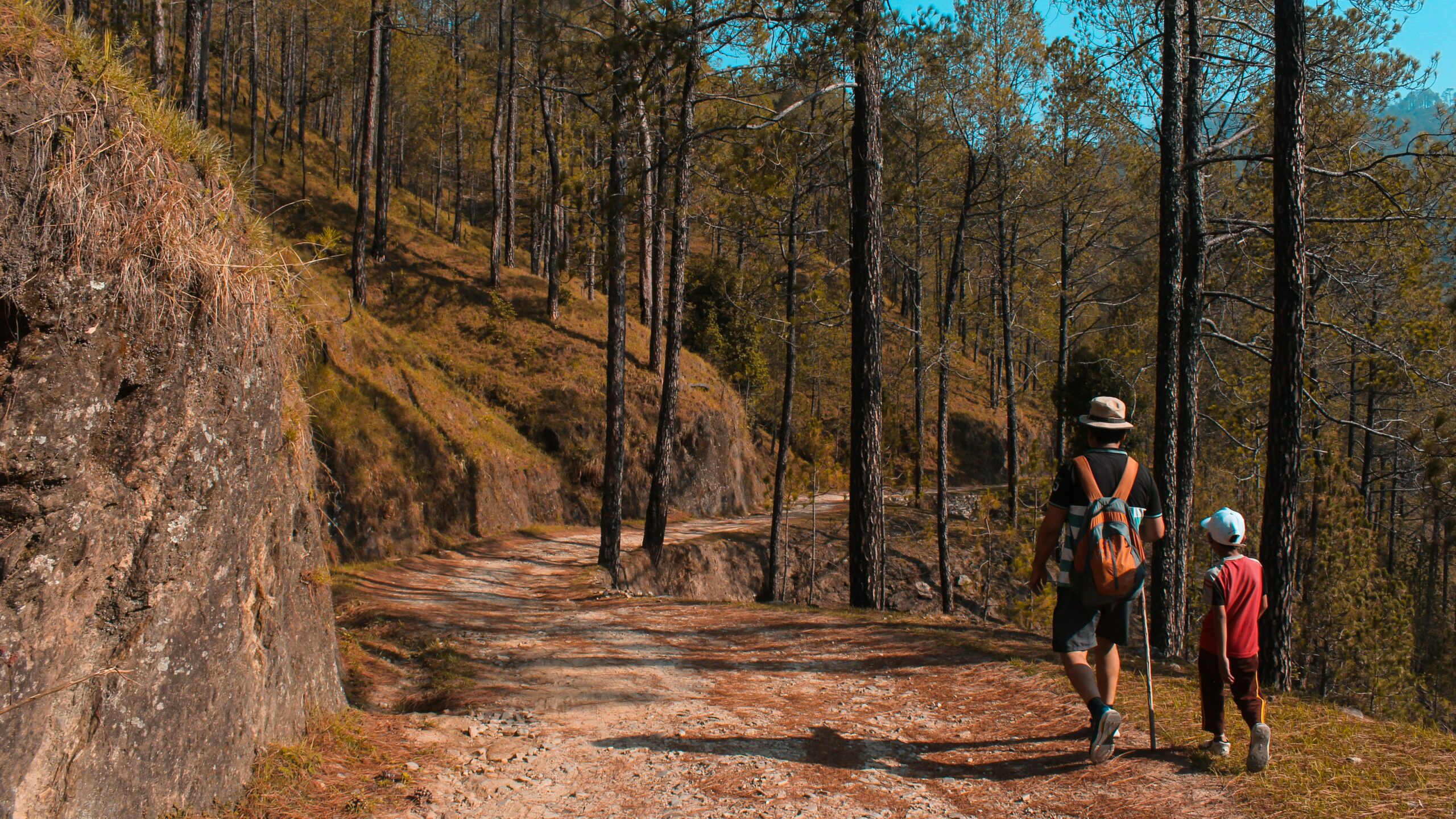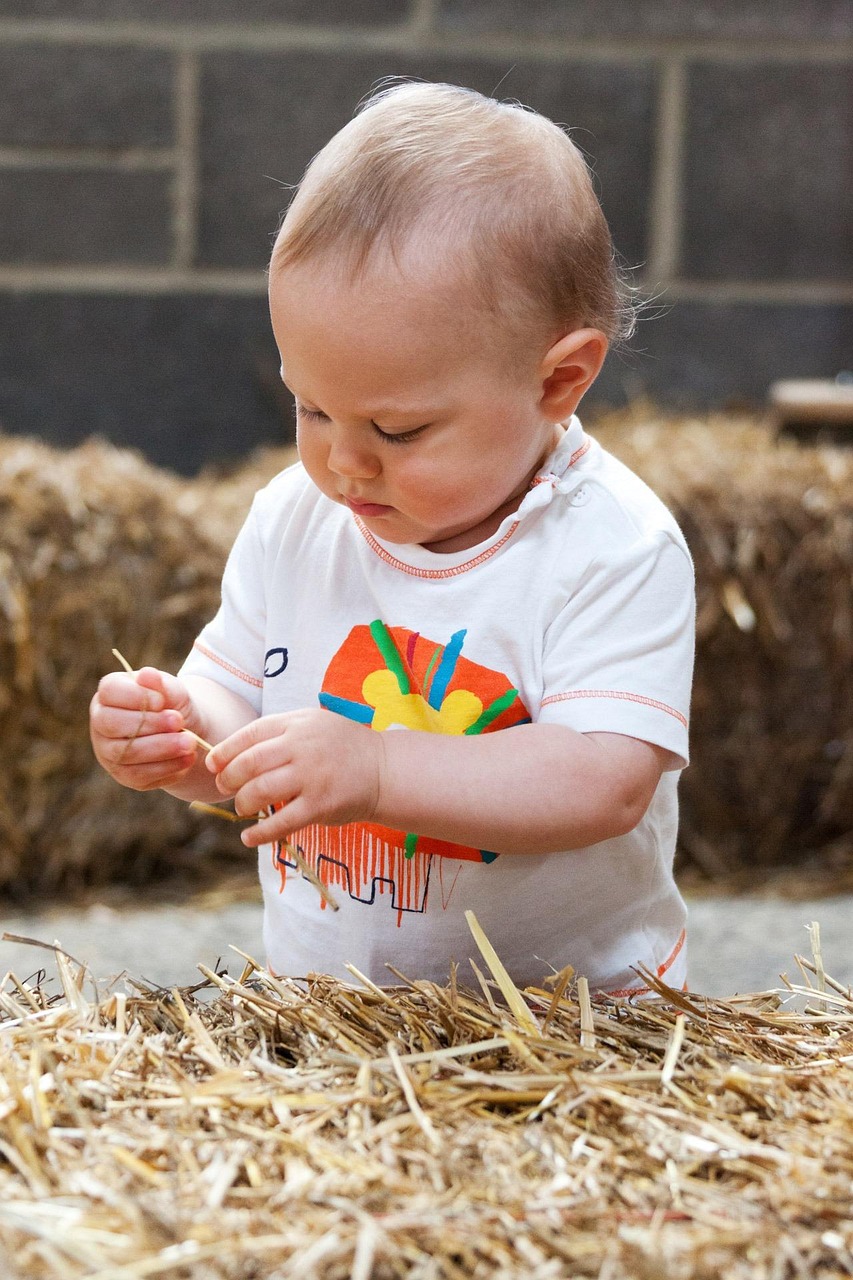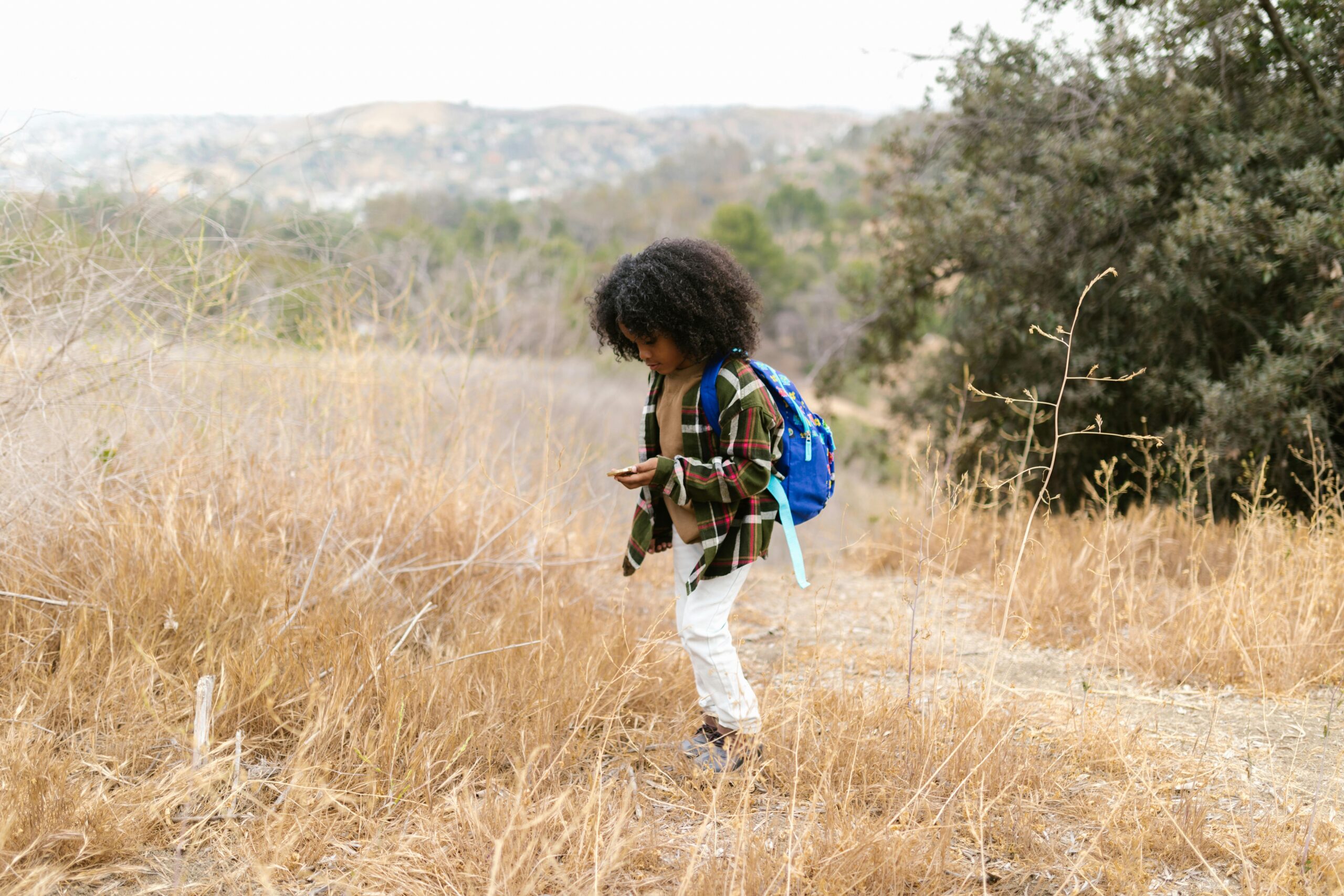Getting children excited about the outdoors is one of the best ways to instill a lifelong love of nature. However, with this enthusiasm comes the responsibility to teach them how to protect and preserve the environment. The Leave No Trace principles offer a simple and effective way to teach young hikers how to minimize their impact while exploring the great outdoors. In this guide, we’ll explore the importance of eco-friendly hiking and how you can teach kids to follow these principles.
What is Leave No Trace?
The Leave No Trace (LNT) principles are a set of seven guidelines designed to protect natural spaces and minimize human impact. They are:
- Plan Ahead and Prepare
- Travel and Camp on Durable Surfaces
- Dispose of Waste Properly
- Leave What You Find
- Minimize Campfire Impact
- Respect Wildlife
- Be Considerate of Other Visitors
By teaching kids these principles early, they’ll develop eco-conscious habits that last a lifetime.
Why Teach Leave No Trace to Kids?
- Builds Respect for Nature: Kids learn to appreciate the beauty and fragility of ecosystems.
- Fosters Responsibility: They understand their role in protecting the planet.
- Encourages Lifelong Habits: Early lessons stick with them as they grow into environmentally aware adults.
How to Teach Leave No Trace Principles to Young Hikers
1. Start with Simple Conversations
Before hitting the trail, have a talk with your kids about the importance of caring for nature. Use age-appropriate language to explain why it’s essential to protect plants, animals, and the environment.
- Example: “If we leave trash on the ground, animals might eat it and get sick. Let’s make sure we take everything back with us.”
2. Pack Responsibly
- Practice Together: Show kids how to pack reusable water bottles, eco-friendly snacks, and garbage bags to collect waste.
- Avoid Single-Use Plastics: Pack sandwiches in reusable containers and use beeswax wraps for snacks.
- Bring Extra Bags: Encourage them to pick up litter they find along the trail.
3. Stick to Marked Trails
Explain to kids why it’s important to stay on established trails:
- Protect Plant Life: Walking off-trail can damage fragile plants.
- Prevent Erosion: Staying on durable surfaces helps preserve the landscape.
- Fun Tip: Challenge kids to be “trail detectives” and point out why certain areas look trampled or unhealthy.
4. Teach Them to Leave What They Find
It can be tempting for kids to pick wildflowers, take rocks, or collect souvenirs. Teach them to leave nature as it is for others to enjoy.
- Activity Idea: Bring a notebook or nature journal so kids can draw or write about what they see instead of taking it home.
- Reinforce the Lesson: Explain how even small changes can disrupt ecosystems.
5. Practice Proper Waste Disposal
Show kids how to manage trash responsibly while hiking.
- Pack It In, Pack It Out: Teach them to carry everything they bring, including food wrappers, tissues, and other waste.
- Eco-Friendly Bathrooms: If nature calls, teach them how to dig a proper cathole or use biodegradable wipes.
- Reward Their Effort: Praise kids for taking responsibility for their waste.
6. Respect Wildlife
Wild animals are exciting for kids to observe, but it’s important to teach them to respect wildlife from a safe distance.
- Do Not Feed Animals: Explain how human food can harm animals and make them dependent on people.
- Be Quiet Observers: Encourage kids to use binoculars or cameras to watch animals without disturbing them.
7. Make it Fun with Challenges
Turn Leave No Trace lessons into engaging activities:
- Litter Hunt: Who can pick up the most trash along the trail?
- Eco-Scavenger Hunt: Create a list of things to spot, like specific leaves or animal tracks, while leaving them untouched.
- Nature Bingo: Check off items like “bird singing” or “smooth rock” as they hike.
Recommended Gear for Eco-Friendly Adventures
Equip your family with these sustainable hiking essentials:
- Reusable Water Bottles: Avoid single-use plastics with options like Hydro Flask or CamelBak.
- Biodegradable Wipes: Perfect for quick cleanups without harming the environment.
- Trash Bags: Compact bags like Leave No Trace Waste Bags make it easy to collect trash.
- Field Guides: Use books like National Geographic Kids Guide to the Parks for a fun educational experience.
Tips for Encouraging Long-Term Eco-Friendly Habits
- Lead by Example: Kids will follow your lead, so practice Leave No Trace principles yourself.
- Celebrate Their Efforts: Praise them for helping the environment.
- Stay Consistent: Reinforce these lessons on every hike or outdoor adventure.
Conclusion
Teaching kids to Leave No Trace is about more than following rules—it’s about fostering a deep respect for the natural world. By starting with simple, fun activities and leading by example, you can inspire the next generation to protect and preserve our planet. Eco-friendly adventures not only create lasting memories but also lay the foundation for a sustainable future.
Call to Action:
Do you have tips or experiences teaching kids about Leave No Trace? Share your stories in the comments below! Don’t forget to subscribe for more eco-friendly hiking tips and family outdoor guides.




Leave a Reply